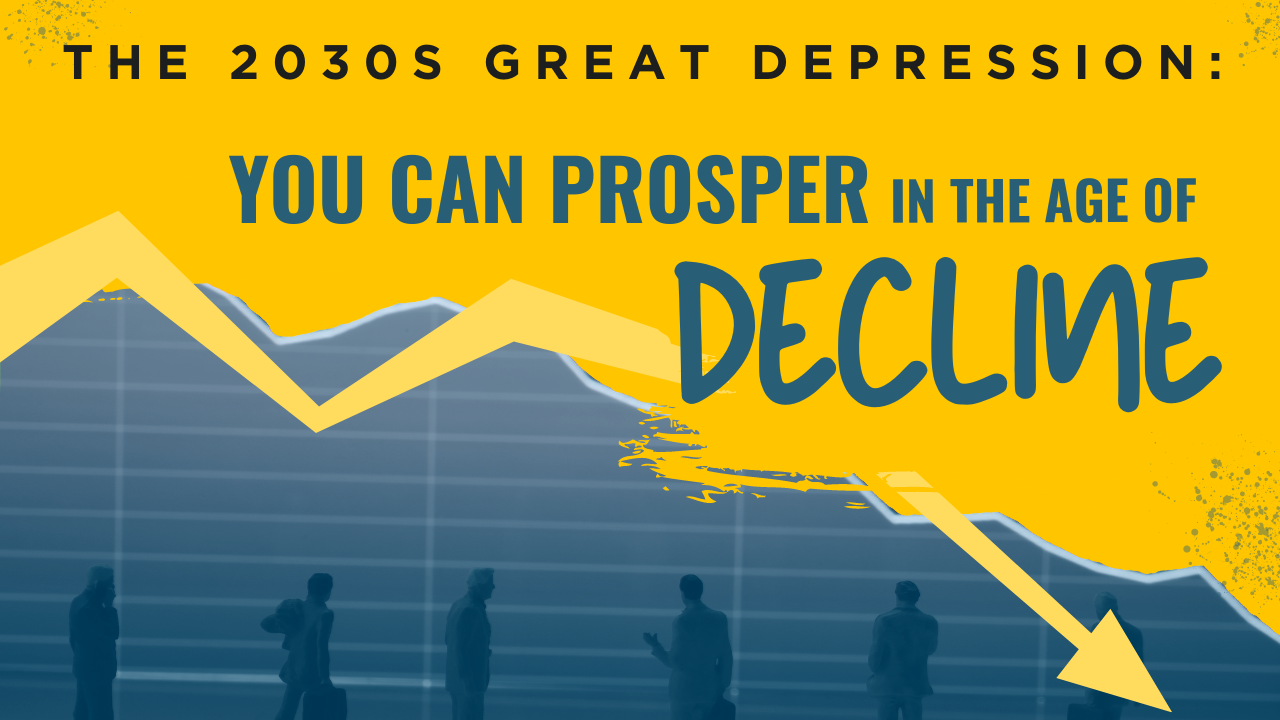
I Quit
The numbers speak for themselves. In October, according to the U.S. Bureau of Labor Statistics, the quit rates hit 2.9% in August 2021 - an all-time high since data was first collected in December 2000. Leisure and hospitality have been hit the hardest at 6.4%, followed by business and professional services at 3.7%.
So, how do we keep people from seeking greener pastures? This week in Forbes, Henry Devries wrote an article called Employee Engagement Lessons Learned From Pandemic And ‘The Great Resignation.’ Devries quotes author and business leader Brian Fielkow who states, “Let’s quit talking about ‘The Great Resignation.’ “We should instead talk about the great recognition. Recognition that highly engaged employees are less likely to leave. Recognition that poor treatment yields high turnover. Recognition that employee retention is not an HR function. It’s a strategy function that must be driven by leadership.” As the world struggles to find people to fill positions, it is no secret we will have to look within our own organizations to fill many critical roles we have available.
Devries and Fielkow’s observations are spot on. Devries points out the five lessons learned from the pandemic:
-
- Lead with empathy.
- Communicate often.
- Engage your employees’ families.
- Help your team grow.
- Engage with the community.
It’s hard not to read this article and think about all the Great Game practitioners we have had the privilege of working with over the years. This thought process Devries is speaking of is ingrained in the culture of Great Game companies.
The principles and practices of The Great Game of Business are easy to understand. Yes, we acknowledge it takes time, effort, and dedication to making a Great Game company. But everything worth having takes time, effort, and dedication. Today I want to focus on the simplicity of our methodology.
Communicate
Step Nine of the ten steps of implementing The Great Game of Business stresses the importance of developing a communication rhythm and holding each other accountable for results.
It’s not enough to communicate. It’s important to stress this is a communication rhythm. Whether you call it a staff meeting, company meeting, or Huddle - as we do - this communication rhythm will drive education, empowerment, and engagement.
The Huddle is the convergence of the entire Great Game process. This is where it all comes together. This is where all the principles and practices of The Game come to life by exchanging information up, down, and across the organization. The Huddle is our weekly ritual of forecasting the score. It’s where we learn how we are progressing toward our Critical Number and how we are tracking to a bonus payout. This is where we share our wins and losses and celebrate our latest MiniGame. This is where we share the numbers, teach each other the business, and see the results of our education.
This is where we see if all our actions and decisions are making a difference. “Are we making money? If not, what’s the next play?” It’s where The Game becomes real.
“Our Huddles are the focal point for everything we do—our Huddles directly reflect how well we are playing, week in, week out. This is where we put into practice all of the principles of The Game and reinforce our culture, regenerate the pride and the sense of ownership, how we create mutual trust and respect, build credibility, light the fire in people’s eyes,” says Jack Stack, founder and CEO of SRC Holdings and The Great Game of Business.
Without proper communication, people will listen to others and draw their own conclusions, regardless of right or wrong.
Track
Many businesses track KPIs, but who sees it? Does your team talk about it yearly, quarterly, monthly, weekly? Does your team know where your company stands on the KPIs?
To effectively execute any plan, the plan must be tracked, measured, and reported week in, week out. Not only must it be followed week in, week out, but it must be front and center for everyone in the company; if you want to stay out of the weeds and open up time to work on the business. By putting the numbers consistently in front of your workforce - hang it on the wall, put it on a TV screen - you empower your workforce to study the numbers and see opportunities for improvement and celebrations when winning. As we call them, scoreboards are hung on display and are always a way to know where the company stands.
Even remote workforces have the opportunity to keep it in front of their team. Do you use a shared workspace like SharePoint? You can add a dashboard there. Do you have quick 15-minute daily touch bases? Make the dashboard the starter for the conversation. Does your company do commits? Make sure their commitment ties back to what you are tracking. At The Great Game of Business, we have a couple of ways we track. Each week we go over our income statement. Everyone on the team reports the number they are responsible for - workshops, conferences, COGs, etc. These numbers are not the numbers looking back. These are the forecasting numbers - where do we project we will be at the end of the month? We then use this data to have an open discussion on improving the numbers and celebrating the wins.
In addition to our weekly Huddles, we also have departmental huddles that track individual department goals that then tie back to the weekly Huddle.
If you have not caught on, tracking, aka scoreboarding, is a micro part of communication.
Rewards
Who doesn’t like getting recognized for a job well done? If you are taking the time to communicate the correct information regularly, and your teams are tracking the companies’ progress to make effective decisions, then they should be rewarded when they meet or exceed a goal. This can be a small reward, such as ones received when playing a MiniGame, or a monetary bonus when they meet their Critical Number. Either way, it should be self-funded. The bottom line is this: Great Game companies understand that when employees win, the company wins. And Great Game employees understand that when the company wins, they win. This may be the only management system that consistently moves both the company and its people closer to their full potential—partly because The Game has never been just about generating profits, cash, and wealth but also about using it for the good of the people and their communities. As we have said for decades - it’s people, it’s money, it’s both.
The Great Game of Business is not a system, a philosophy, an attitude, or a methodology. It’s all those things and more. It’s about tapping into the universal desire to be a winner. We know from experience that the best, most efficient, most profitable way to operate a business is to educate everybody on how the business works, give them a voice in saying how the company is run, and provide them a stake in the financial outcome: good or bad. Constant improvement of your way of life and your livelihood are the payoffs for playing The Game. Play together as a team, reap the rewards, and build a dynamic, competitive company at the same time.
Looking for more on how to increase employee engagement? Join us for our next workshop focusing on Implementation + Strategic Planning.
More Articles You Might Like:
.png)












.png)

